Pink stones - the embodiment of sensual tenderness and femininity. Stones of a gentle pink shade are preferred by real romantics, creative personalities. Jewelry with these delicate gems cheers up not only their owners, but also those around them, attract positive emotions.
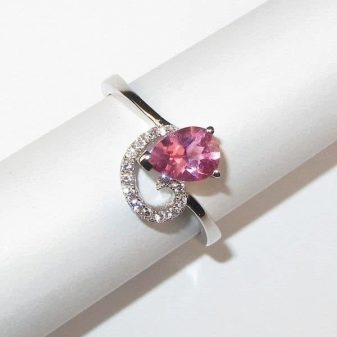

Features
Pink stones have a special charm and are not suitable for everyone. They attract attention, are distinguished by their radiance in sunlight. Minerals radiate the energy of lightness and purity.
Pink minerals are well studied, each variety has certain characteristics. All of them are incredibly beautiful, while they have differences in structure, chemical and physical indicators. It is difficult for non-professionals to distinguish between them, it is even impossible to immediately distinguish a precious gem from an ornamental one.
Experts say that ornamental stones have less delicate and bright shades.
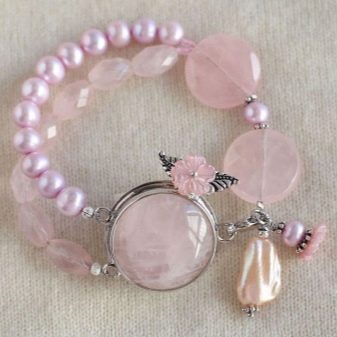
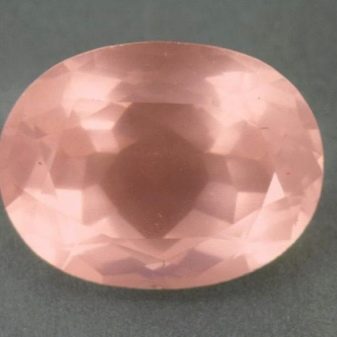
The magical and healing properties of pink stones
Many people, not without reason, believe that stones of such shades can affect a person and events. It is believed that they have magical and healing properties.
- Sapphire. It has a charitable effect on people suffering from diseases of the heart and musculoskeletal system. In addition, women who dream of a baby are advised to carry pink sapphire with them. There is an opinion that if you hold sapphire in water for 24 hours, then you can wipe the sore spots with it to relieve pain. Lithotherapists claim that regular wearing of sapphires also helps with diseases of the visual and respiratory systems, insomnia.
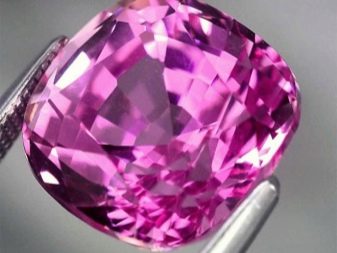

- Topaz. It has incredible protective energy, protects from the evil eye, making wrong and rash decisions, helps to focus on the problem, helps to find the right solution.
Among the healing properties, rapid healing of wounds and beneficial effects on the nervous system can be noted.
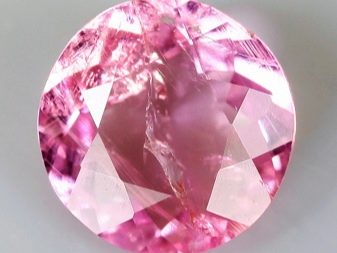

- Rose quartz. Empowers, helps with overwork, improves the lymphatic system. Mages argue that quartz is able to lengthen the life of its owner, helps to remove the crown of celibacy. At the same time, the stone increases self-esteem and is not recommended for overly proud and suspicious natures.
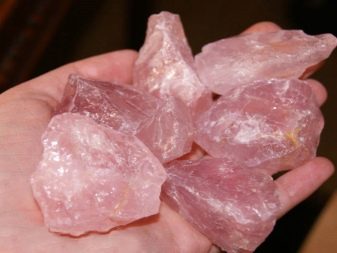

- Spinel. There is an opinion that this mineral is able to fight skin diseases and viruses, improves blood circulation, relieves lower back pain, solves problems in the genitourinary system in men.
Mages are advised to carry spinel with them to gain good luck in cupid affairs.
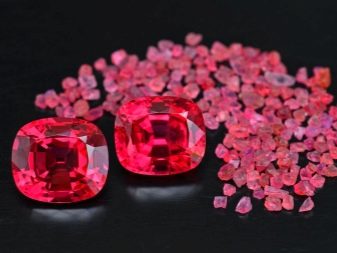

- Rubellite. It helps to gain self-confidence, helps to overcome fears. It is recommended to wear to people experiencing mental suffering, soothes nerves.
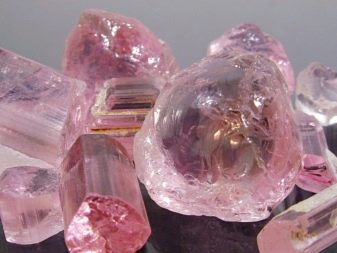

- Agate. Agate jewelry should be worn by people prone to respiratory diseases and colds. Experts in the field of magic argue that agate strengthens the emotional connection of the mother with the child, helps to find and strengthen mutual understanding in their relationship.
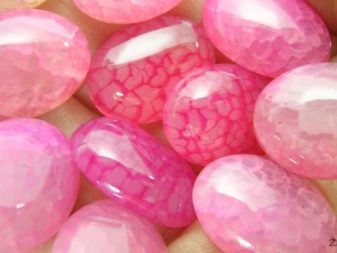

- Coral. The stone is able to pacify hatred, anger and envy, protects on a long journey. During the Middle Ages, doctors considered wearing coral jewelry an excellent protection against sore throats and other throat diseases.
Today, lithotherapists claim that wearing coral products restores thyroid function and stimulates its function.


- Kunzite. This stone is credited with the ability to arouse positive character traits in a person, to drive away evil thoughts and protect from evil impulses and actions. Kunzite affects the development of creative abilities, nourishes and develops imagination. It helps people with problems in the cardiovascular system. It is customary for a child to wear a mascot with kunzite when they send him to a new environment for easy adaptation, stress relief.


- Morganite. It keeps warmth, peace and quiet in the house, promotes material well-being in the family, awakening of positive qualities, and relieves pain in case of problems regarding gynecology.
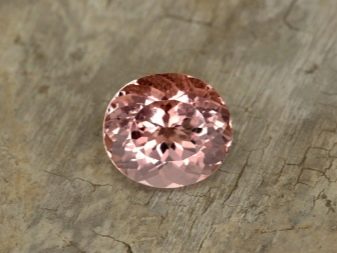

Kinds
In nature, there is a wide variety of natural stones in pink shades. Conventionally, they are divided into three groups:
- Precious
- semiprecious;
- ornamental.
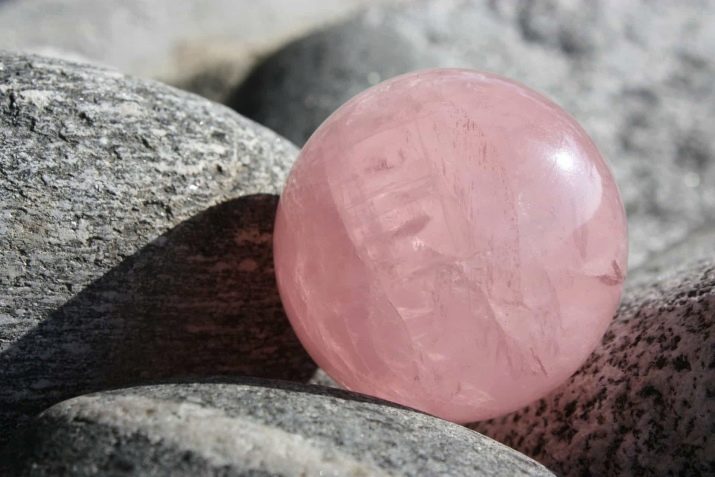
Gems
Sapphire
Sapphires are quite rare, their price, sometimes, reaches $ 1000 per carat. Sapphire is a mixture of aluminum oxide with a small amount of chromium. A distinctive feature is a high degree of refraction.
The most rare are pinkish-orange gems. In India it is called "Padparaja." The largest copy weighing about 100 carats is stored in the New York Museum. The average size of a standard sapphire is about two carats.
Jewelers frame it with gold and platinum. Mostly pendants, earrings and rings are made with it. Such products are in great demand among young girls.
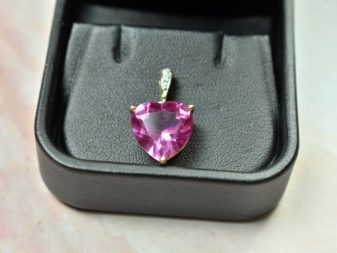
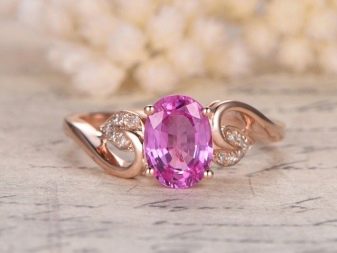
Topaz
It is fluorine-containing aluminum silicate with interspersed chromium, which gives it a pink color. The most expensive are transparent topazes. Their cost is about 500 dollars. A distinctive feature is the detrimental effect of sunlight on color saturation. They help turn a nice pink color into a dirty gray. You have to use heat treatment to preserve color, but this does not guarantee the desired result.
Therefore, topazes of this shade are rarely used to create jewelry.
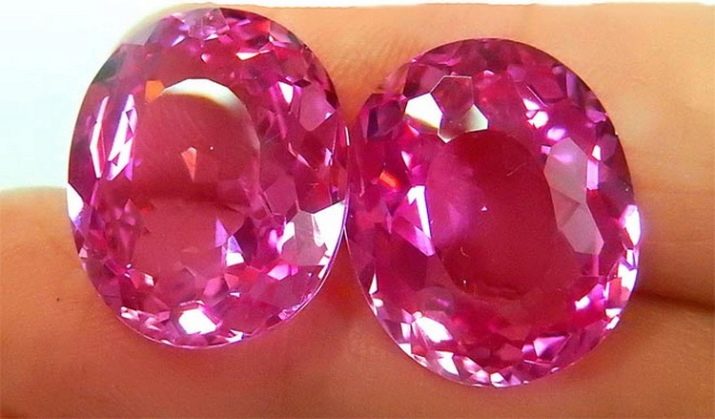
Spinel
Spinel is a rare mineral with a spiky sheen. It has a complex composition of aluminum oxide, magnesium and chromium ions.Fully transparent spinel and pinkish-red stones have the highest cost.
Spinel is demanding on processing methods. As a frame use only gold and platinum. When used in rings and pendants, a diamond cut is used.
Some stones acquire a particularly lovely raspberry color due to the high concentration of chromium. The most expensive is the transparent spinel mined in the soils of Afghanistan. A carat can be purchased for at least a thousand dollars.
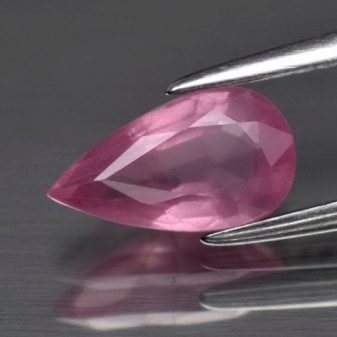

Kunzite
Externally, this mineral is similar to amethyst, but it has a different chemical composition. Until the beginning of the twentieth century, kunzite was considered a variety of amethyst. The cost of one carat of pink kunzite is about $ 50.
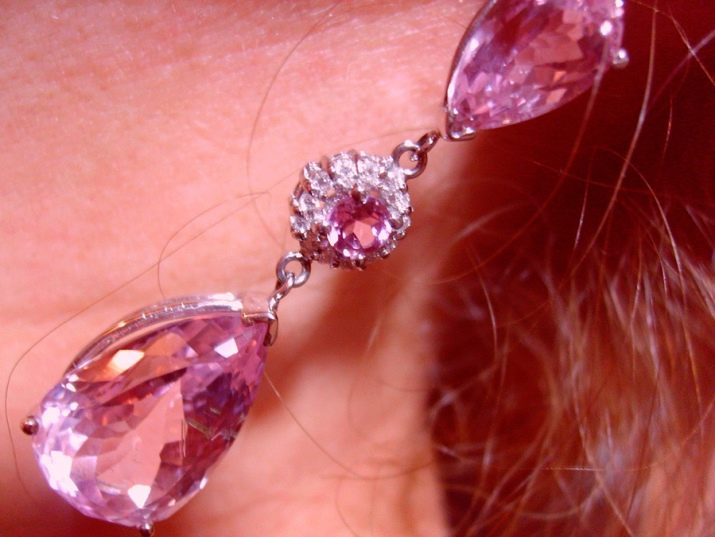
Morganite
A variety of pink beryl is called morganite. A gentle shade appeared due to the presence of cesium, lithium and manganese. The disadvantage is that under the influence of high temperatures and the sun, morganite loses its color.
High strength allows jewelers to give it a diamond cut and use it to create rings, pendants and earrings. Often it is framed with diamonds.
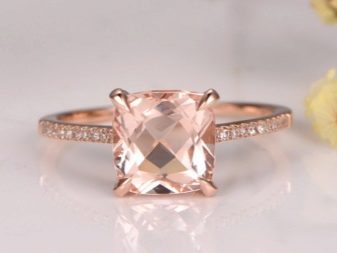

Rubellite
The stone has a pleasant crimson hue. Its name is translated from Latin as "reddish." The significant similarity to the ruby and the low price made it very popular. He is often given a conical shape with a stepped cut. The price is about $ 20.
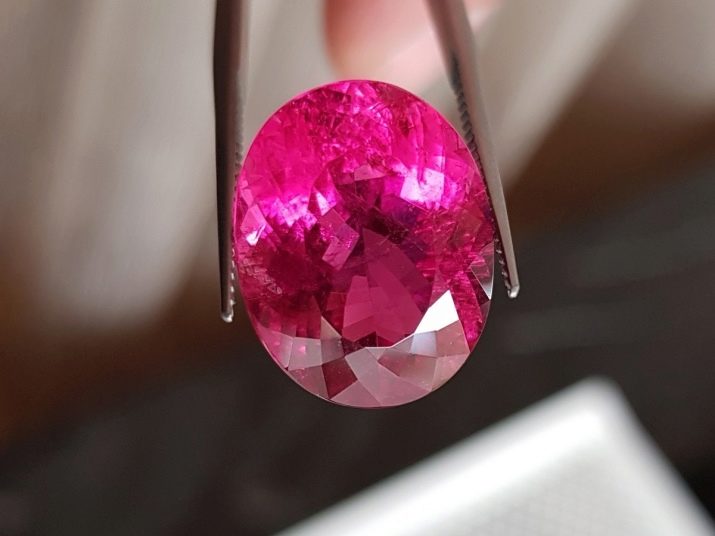
Semiprecious
Corundum
Corundum is considered a semiprecious nugget. It consists of crystalline alumina or aluminum oxide interspersed with manganese (gives a light yellow tint), or titanium (gives a violet color).
Among other minerals, it is in second place by hardness. It is often used in industrial production. It is used for the production of materials for abrasive processing, impact-resistant glass. More transparent stones are used to create jewelry.

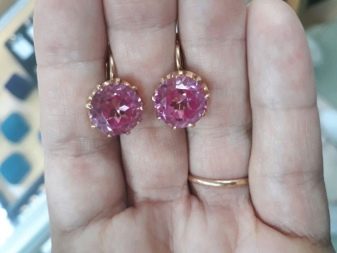
Quartz
Quartz in its composition is silicon dioxide with the addition of aluminum and iron. The name "quartz" includes several types of gems, mainly yellowish, purple hues. Soft pink transparent quartz stones are more popular.
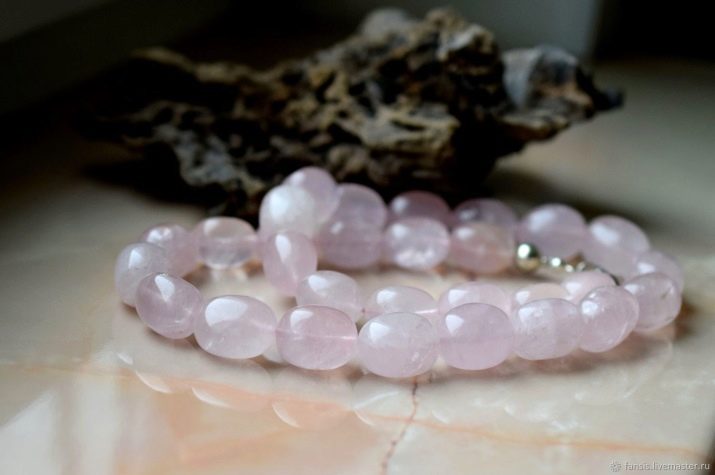
Agate
Agate is characterized by a variety of colors and patterns. Consists of silica with various impurities. Thanks to them, bizarre patterns are formed on the cut.
It is widely used in jewelry making. This contributes to low cost.
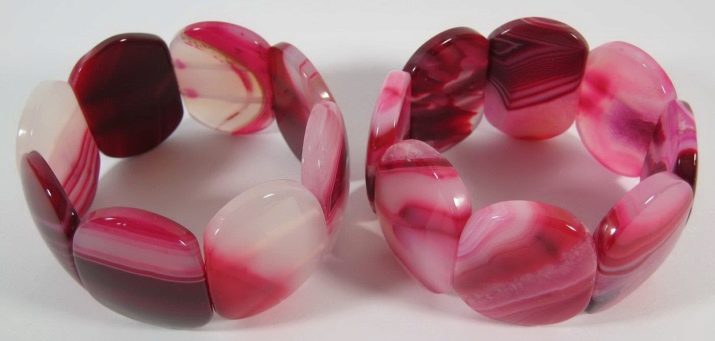
Ornamental
Rhodochrositis
Known since ancient times. Due to its concentric stains of bright pink shades, it is similar in texture to malachite. The presence of iron turns a beautiful scarlet color into brown.
Its structure makes it impossible to cut it, but it looks good in the form of a cabochon.
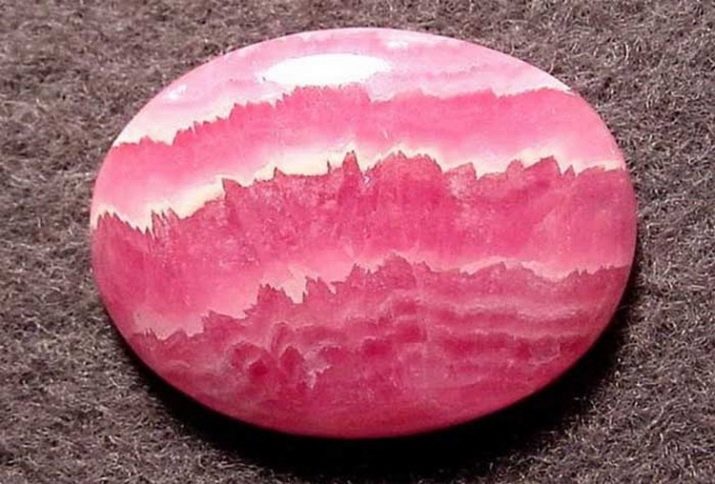
Jasper
The popularity of jasper determines a variety of patterns and tinting solutions. It consists of oxides of silicon, aluminum, calcium and a small amount of iron.
The presence of impurities only increases the cost. An instance with stunning patterns formed due to impurities is superior to cleaner ones with a nondescript color. The stone is rather moody, more often used in the form of cabochons.
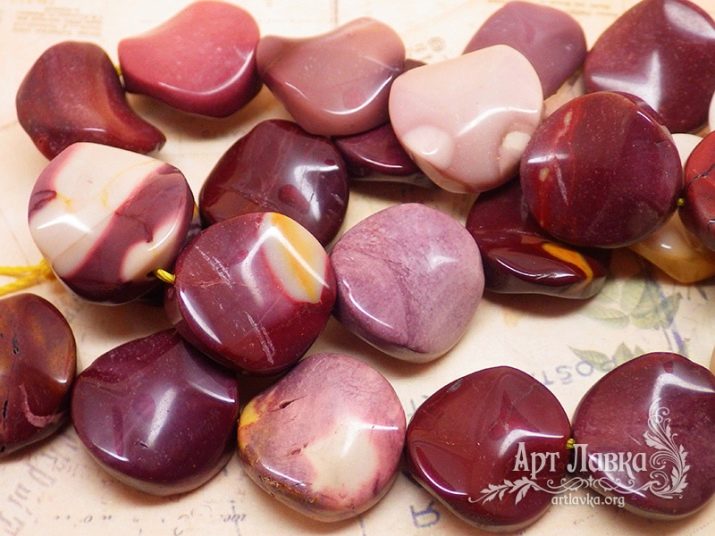
Rhodonite
Has a pale pink or light shade of ripe cherries.
The basis of the composition is a complex silicate of calcium, magnesium, manganese and iron. The presence of veins creates unique ornaments on the section of the element. The most valuable are transparent rhodonites.
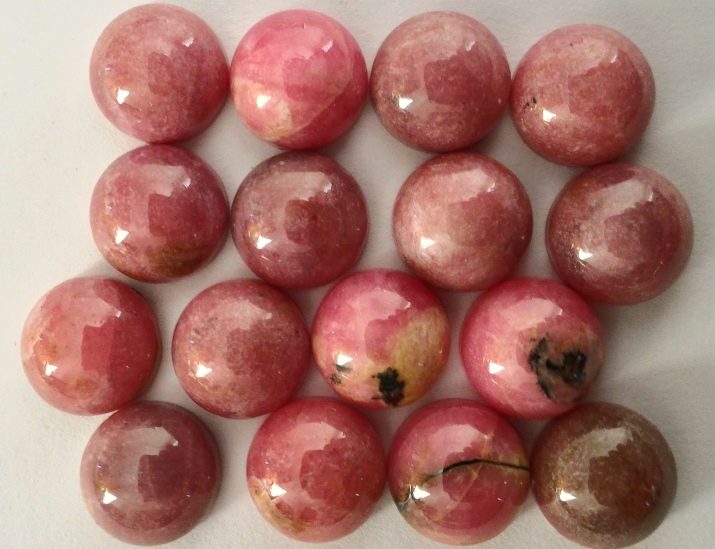
Coral
Coral is figuratively called a stone. The fact is that these are petrified polyps from the seabed. Its basis is calcium carbonate and various impurities. It is used for making souvenirs and beads.
The most valuable are pink corals. They are often heterogeneous in color or have small inclusions of white or gray shades. In their structure, corals are not transparent, they acquire a glass luster after the polishing process. The high level of fragility creates difficulties in the processing of corals.
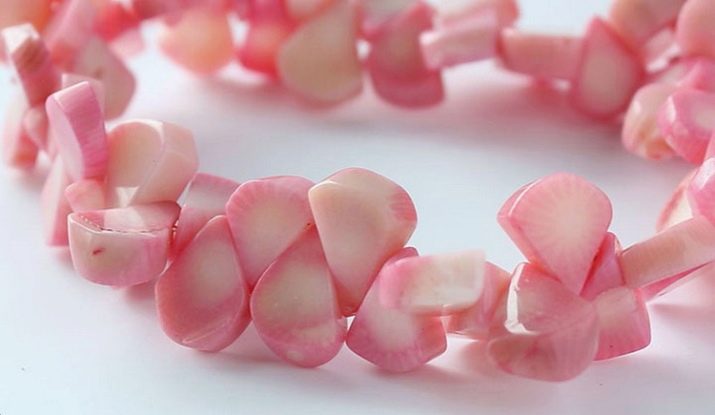
Application
The most durable gems are used for the manufacture of expensive jewelry. They are framed with gold, platinum. From ornamental stones create elegant jewelry.
In jewelry stores and jewelry stores you can find beads, bracelets, rings, amulets, talismans made of pinkish stones with varying degrees of saturation of shades.
Stones attract with their inimitable beauty, tenderness and unique shades.
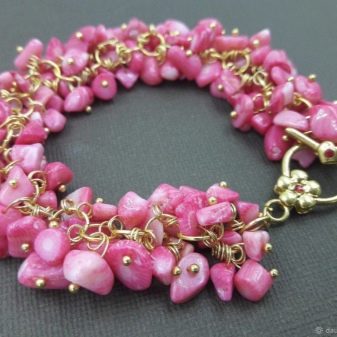
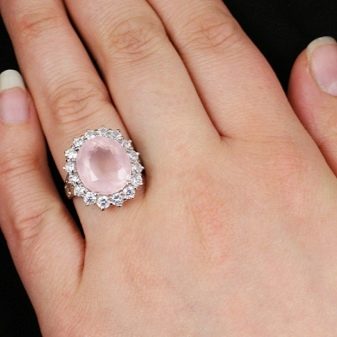
Each mineral has some features in the application:
- the spinel is subjected to diamond cutting and set in gold, platinum;
- for rubellite, mainly step cutting is used, for the manufacture of pendants, the stone is processed by the cabochon method;
- quartz is cut and framed in gold and silver for making bracelets;
- agates go to the creation of inexpensive jewelry and jewelry;
- jasper is used for the production of vases, ashtrays and various jewelry;
- rhodolite is used to create decorative elements, tiles for cladding and jewelry.
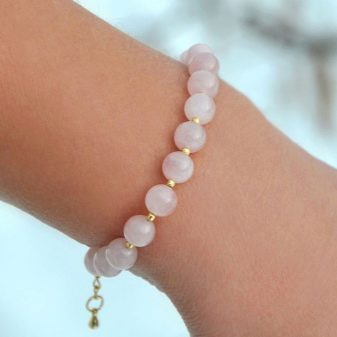

Who is it for?
Sapphires are ideal for Aquarius and Sagittarius, they will help improve their positive qualities.
It is forbidden to wear products with Capricorn's sapphires - a stone can enhance such negative qualities as pride and stubbornness, which can significantly harm them in their personal lives and moving up the career ladder.
Topaz will endow Sagittarius with wisdom and help to quickly decide on the right decisions.


Agate is a wonderful amulet for Gemini. He will be able to calm the temperamental nature of the representatives of this sign.
Kunzite improves the positive qualities of Taurus and Lviv. He develops their creative aspects, protects from betrayal and lies.
Spinel patronizes the signs of the fire elements, gives them strength, improves health.


Fish fit coral jewelry. It pacifies their temper, helps get rid of anger and rash hasty decisions.
Morganite will bring luck to Libra, but categorically will not suit Sagittarius.
Quartz will help the Cancers come to terms with their shortcomings. Under the influence of this stone, they will begin to accept themselves, will become less likely to engage in self-digging.
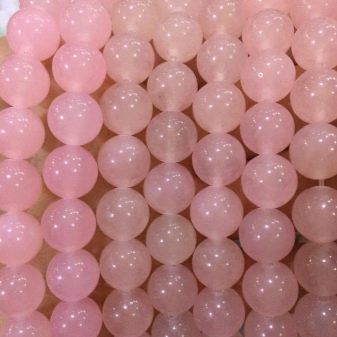
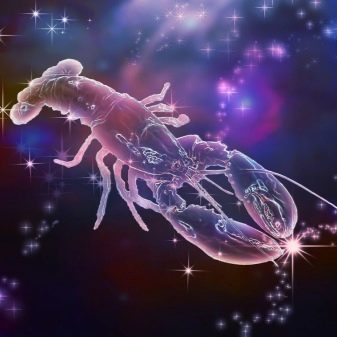
About pink quartz, see the next video.










